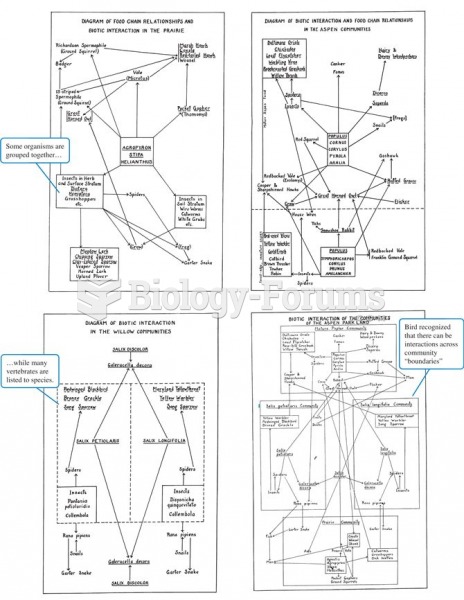|
|
|
According to animal studies, the typical American diet is damaging to the liver and may result in allergies, low energy, digestive problems, and a lack of ability to detoxify harmful substances.
No drugs are available to relieve parathyroid disease. Parathyroid disease is caused by a parathyroid tumor, and it needs to be removed by surgery.
In 1864, the first barbiturate (barbituric acid) was synthesized.
Fatal fungal infections may be able to resist newer antifungal drugs. Globally, fungal infections are often fatal due to the lack of access to multiple antifungals, which may be required to be utilized in combination. Single antifungals may not be enough to stop a fungal infection from causing the death of a patient.
Cytomegalovirus affects nearly the same amount of newborns every year as Down syndrome.
 Action! Children love to talk about the actions of adults and animals, which provides a natural way ...
Action! Children love to talk about the actions of adults and animals, which provides a natural way ...
 Large families on U.S. farms used to be common. Children helped plant and harvest crops, take care ...
Large families on U.S. farms used to be common. Children helped plant and harvest crops, take care ...





